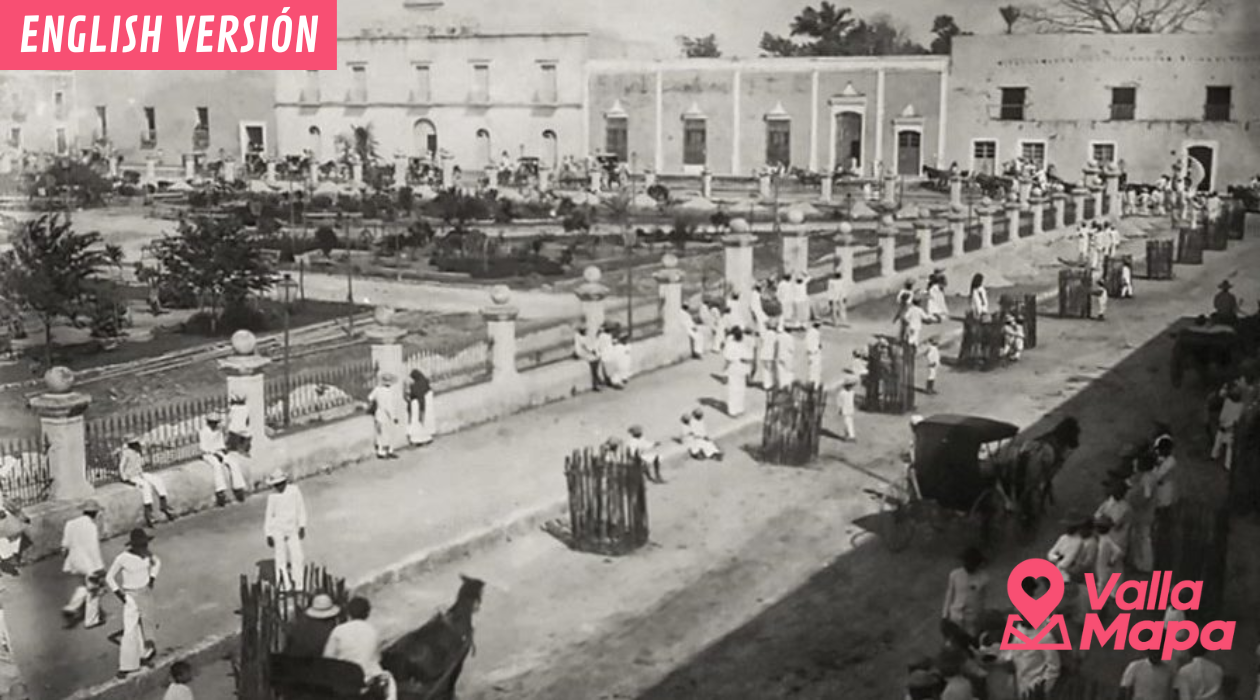“Then and Now”: How Valladolid Has Changed in the Last Decade
 “Then and Now”: How Valladolid Has Changed in the Last Decade
“Then and Now”: How Valladolid Has Changed in the Last Decade
Valladolid, that gem in the heart of Yucatán, has undergone a quiet yet powerful transformation over the past ten years. Those of us who grew up walking its cobblestone streets, eating marquesitas in the park, and greeting everyone by name have witnessed an evolution that goes beyond the visual—it’s cultural, economic, even emotional.
Valladolid Then: A Slower Pace, a Village Soul
A decade ago, Valladolid was still a well-kept secret. Few tourists ventured beyond Chichén Itzá, and those who did found a place where time seemed to float. The Main Park was the center of life, Sundays were filled with families, and ice cream vendors knew every child by name.
The streets were quieter, boutique hotels were few and far between, and most businesses were family-owned, with decades of history. There was a calmness in the air that, while beautiful, also spoke of a city still on the brink of new opportunities.
Valladolid Now: An Emerging, Vibrant, and Proud Destination
Today, Valladolid is on everyone’s radar. It has become a favorite destination for cultural and conscious tourism. New cafés, signature restaurants, and art galleries have flourished—many of them created by young local entrepreneurs who are redefining what “traditional” means without losing respect for the past.
Urban art has become part of the landscape, with murals that celebrate Mayan identity, a history of resistance, and local biodiversity. There are more cultural spaces, festivals, and community projects connecting generations and knowledge.
Infrastructure has also improved: bike lanes, renovated parks, enhanced lighting in historic areas, and a growing ecological awareness. All of this coexists with ancient temples, colonial arcades, and the warmth of the people who never left.
The Challenge: Growth Without Losing Ourselves
This growth comes with challenges: how do you preserve the charm of a small town as it becomes a tourist hotspot? How do you ensure that development benefits everyone—especially those who have lived here their whole lives? The answer isn’t simple, but more voices are joining the conversation.
There are those fighting to protect cenotes, to teach the Mayan language in schools, to preserve architectural heritage, and to promote fair trade. Valladolid is changing, yes—but it’s also awakening to a stronger sense of identity than ever before.
What Remains
Amid all this change, some things remain the same: the essence of Valladolid. The smile at the corner store. The grandmother still patiently embroidering. The smell of firewood as you pass by the market. The children running through the park.
Because even though Valladolid has changed, it has done so in its own way—with dignity, with deep roots, and with its soul held high.
Comments
Post a Comment